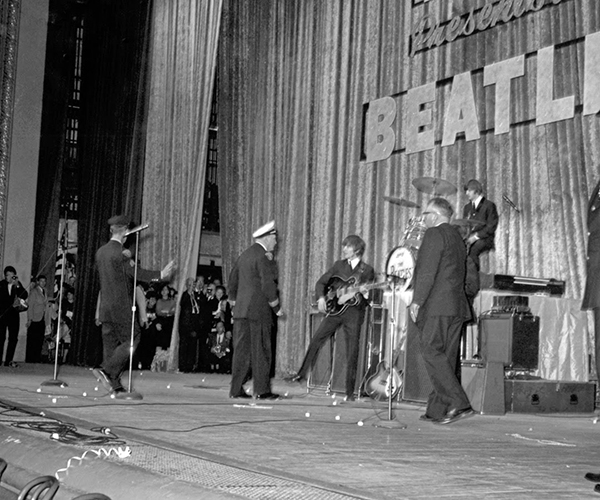And every night the place rocks — explosively.
The front door of Cargill Deicing Technology Cleveland Mine is Whiskey Island, where its humongous hoist elevator drops 1,700 feet below Lake Erie carrying the men and equipment that mine more than 9,000 square acres.
After a short briefing on mine safety, we dress in overalls, hard hat, cap lamp, safety glasses and a self-rescue canister. As we plummet at 500 feet a minute in the elevator, our guide explains that any equipment that goes into the mine stays for good. Maintenance is performed in the underground repair shop.
We exit the elevator into a warm, dimly lit silo. The walls are covered with netting and a dusting of what appears to be soot but is actually discoloration from the moisture underground. A steady dripping from the blackness above creates a crisp snapcrackle pop.
Moving through an air lock of two doors, we’re in the mine. Four-wheeled Kawasaki work vehicles take us down a tunnel that’s like entering the darkened halls of an amusement park fun house. As we roll across the glazed, polished roads of salt, the air become less salty and a comfortable coolness arrives.
About 3 horizontal miles under the lake, it becomes silent and beautiful. Mineral impurities create long horizontal bands of color along the salt walls, which look more like hard granite. A large machine drills deep holes to house the explosives that later in the day will blast and drop the 1,000 tons of salt to be backloaded and taken back to be milled.
Walking across thick, coarse salt, the texture of heavy sand, it feels as though I’m standing on the moon. My cap lamp lights and sparkles thousands of crystals on the walls of this longgone, prehistoric sea, making me feel slight and humble standing so deeply in the history of this planet.
As we leave I ask one last question and discover one other thing that comes out of the mine besides people and salt. Periodically, the hibernating portable bathrooms are raised to the surface for a good cleaning.



